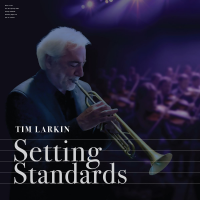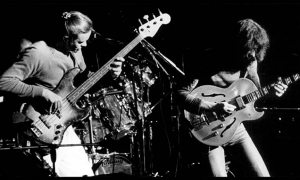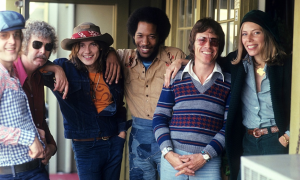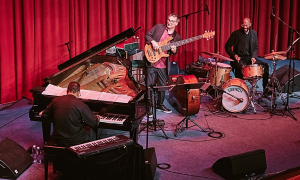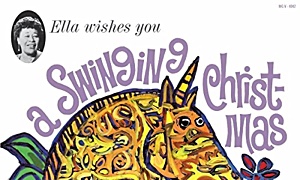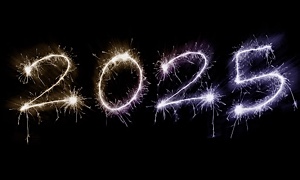Home » Jazz Articles » Profile » Hank Mobley
Hank Mobley
He'd write some different, alternate changes, and they
—Horace Silver
Hank Mobley played a sweet tenor. He could play - and often played - r&b-tinged jazz; indeed, along with trumpeter Lee Morgan he became one of the foremost practitioners of this paleo-fusion in the Fifties and Sixties. But he was not a hooting, booting, keening, screaming r&b artist. Instead, he built his solos with an easygoing inexorability, building idea upon idea until the listening found himself, all unaware, transported to realms that lesser players could only dream of reaching, no matter how much they screamed.
The musicians knew. Mobley was so often in the company of titans that it's a wonder that he wasn't recognized as their peer. He played with Max Roach in the early Fifties, as well as Tadd Dameron, Dizzy Gillespie, Horace Silver, Art Blakey, Miles Davis, Lee Morgan, Kenny Dorham, and Elvin Jones. But Sonny Rollins owned the Fifties and John Coltrane quickly claimed the Sixties. By the time jazz was breaking up in the late Sixties Mobley was as confused as everyone else, and was recording shallow, perfunctory versions of pop hits in an unsuccessful attempt to recapture an audience.
But before that, although largely unnoticed, he was golden. He recorded one of the greatest jazz albums ever, Soul Station. He held his own with Coltrane (and Zoot Sims and Al Cohn) on Tenor Conclave. He compiled a body of work that deserves the notice of anyone who loves jazz today.
If you like Josh Redman, or Javon Jackson, or Branford, any reedman who's ever played with Wynton, check out Hank Mobley, the daddy of them all.
Tags
PREVIOUS / NEXT
Support All About Jazz
 All About Jazz has been a pillar of jazz since 1995, championing it as an art form and, more importantly, supporting the musicians who make it. Our enduring commitment has made "AAJ" one of the most culturally important websites of its kind, read by hundreds of thousands of fans, musicians and industry figures every month.
All About Jazz has been a pillar of jazz since 1995, championing it as an art form and, more importantly, supporting the musicians who make it. Our enduring commitment has made "AAJ" one of the most culturally important websites of its kind, read by hundreds of thousands of fans, musicians and industry figures every month.








